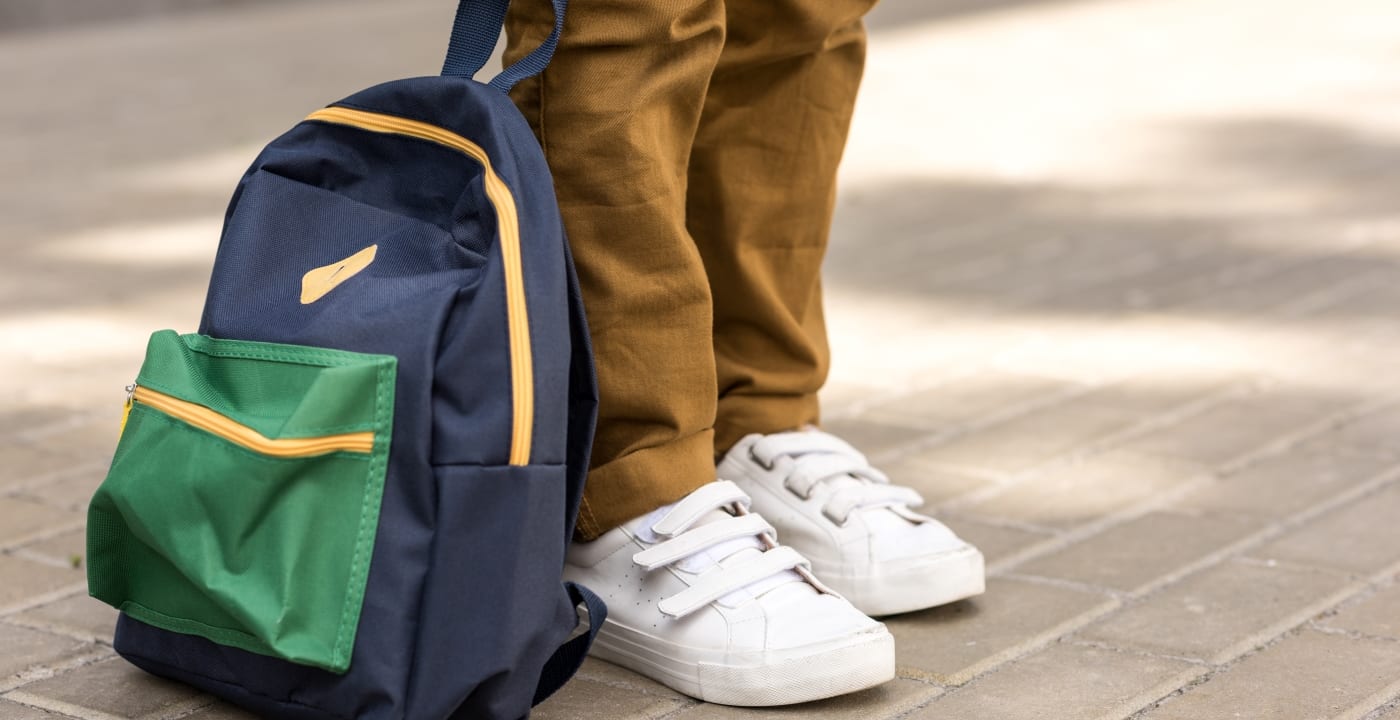School backpacks 101: Tips from a Rockwood chiropractor

At a glance
- The wrong backpack will slow children down or cause wear and tear on their body
- Look for wide, padded straps; lightweight materials; weather protection; and additional supportive straps
- Ensure proper fit, don’t overpack, and clean out and inspect backpack regularly for damages
Schools across the state of Washington are getting ready to welcome students back to school. Students and parents alike are gearing up for earlier wake-up calls, carpool pickups and, of course, homework.
Once students are back walking their schools’ halls five days a week, they’ll once again be lugging heavy hardbound books and materials from home to their locker and from class to class. It’s important they have the right bag that won’t slow them down or cause wear and tear on their body.
So, what’s best for your child? A backpack? A satchel bag? A rolling bag?
Using a two-strap school backpack is generally considered the best method for transporting classroom materials. When worn properly, it’s easier on the body than using shoulder packs, briefcases or rolling bags.
4 features to look for in a backpack
- Wide, padded shoulder straps. These are commonplace and one of the most important elements when selecting the right backpack. Try finding a backpack with padding and support for the back as well.
- Lightweight materials. The material of the backpack is key. Although a leather bag might have more style, canvas bags are more suitable for your student’s long-term health. Canvas bags are a lighter-weight material and are often more durable than a leather bag.
- Weather protection. With a cold and wet winter ahead, it’s important to look for a waterproof backpack that also conceals the zipper to prevent the wet elements of our winter from leaking into the bag, damaging the contents.
- Additional straps. More specifically, a waist belt, sternum strap and load compression straps. A waist belt helps transfer the weight onto the pelvis and minimizes the swaying of a loose-fitting backpack. A sternum strap not only helps stabilize the backpack, but it also helps reduce the stress that the backpack can put on the shoulders, allowing your student to keep their arms mobile. And finally, load compression straps help keep the backpack closer to the body.
Proper fitting
Once you’ve selected a backpack that includes some of these key features, let’s take a look at the size of the backpack.
The length of the backpack should be equivalent to the distance between the shoulder and waistline (at the belly button). The backpack width should not extend past the shoulder blades.
How to properly pack a backpack
How much is too much to pack? The best rule of thumb is to only pack what you need.
The weight of the backpack, when fully loaded, should not exceed 10 percent of the child’s body weight. For example, a 70-pound child should carry no more than 7 pounds in their backpack. Previously, studies suggested 15 percent, but more recent data published in The Spine Journal has proven that 10 percent is the correct benchmark.
Regardless of the weight, if the backpack forces a child to bend forward to carry it, it is overloaded. When your child does need to pack heavier items, pack them closer to their body and try to distribute the load evenly throughout the pack.
Backpack upkeep
For many parents, it helps to include their child when selecting a backpack. Although a properly fitted backpack is important, the backpack should also fit the child’s style. After all, if your child doesn’t like it, there’s a good chance it won’t be cared for or used properly.
Now that you have selected a backpack, remember to regularly clean it out and inspect it for damages or flaws. If your child is carrying a lot of old homework that’s taking up space and adding extra weight, recycle it. If the stitching is coming apart, repair it or replace it right away.
Properly fitted backpack? Check. Properly loaded backpack? Check. Homework? Let me get back to you on that one …
Editor’s note: This article was originally published in September 2018, and updated in August 2022.



